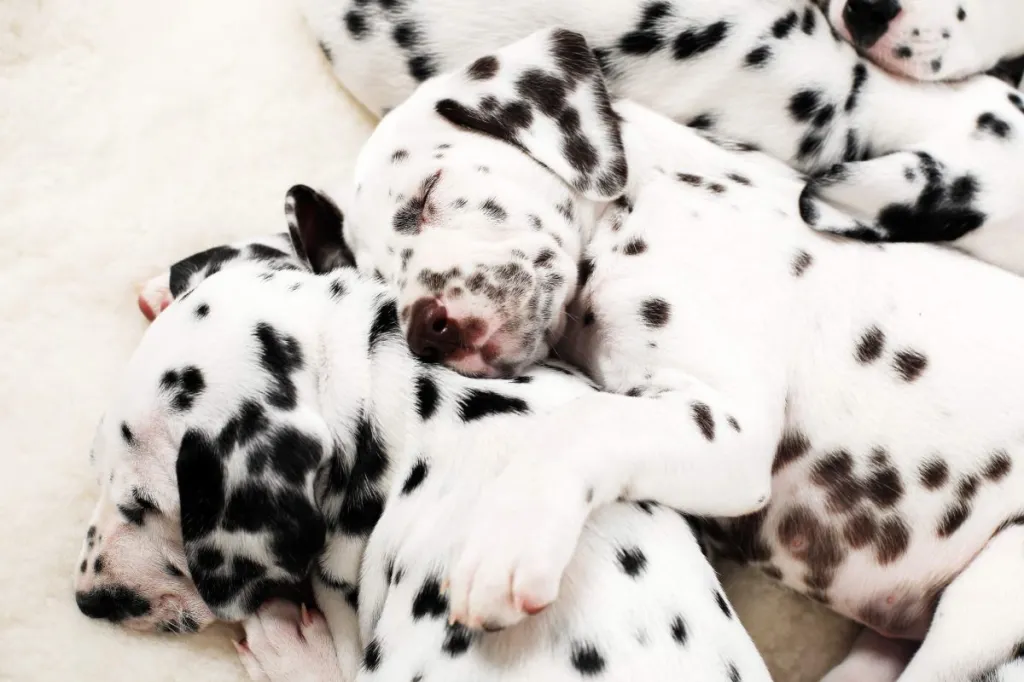Who hasn’t seen a cute Dalmatian puppy and wished they had one of their own? The spotted pups, made famous by Disney’s “101 Dalmatians,” are absolutely adorable. However, there are some things you should know about this dignified breed before you run out to your local shelter or rescue to adopt your own. Here are some fascinating Dalmatian puppy facts and pictures to help you decide if this dog is right for you!
This is an incredibly active dog breed
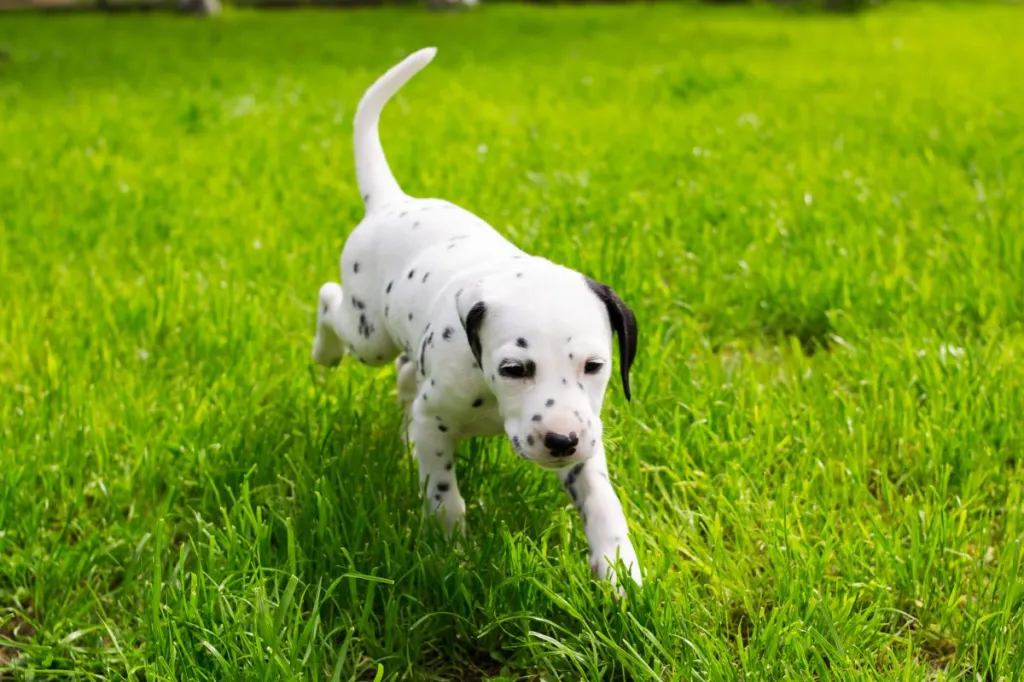
For those of you who imagined a Dalmatian like Pongo who would sit obediently by your side as you work, watch TV, or read, think again.
In the 18th and 19th centuries, Dalmatians were used as carriage dogs. They ran alongside horse-drawn fire engines to clear the path and guide the horses. Their endurance, speed, and protective instincts made them perfect for this role. Today, they are still seen in firehouses across America, albeit more as a nod to tradition rather than for practical purposes.
What’s more, these dogs have been historically used for a myriad of other very active duties. They’ve served as war dogs, herders of livestock for farmers, both Pointers and Retrievers for hunters, and even circus performers.
Given the Dalmatian’s prolific history as a busy dog, it’s easy to understand why someone who wants a Dalmatian puppy should get ready for a whole lot of energy. If you live in a small apartment and want a Dalmatian puppy, be prepared. They’ll need several lengthy walks — and possibly a run — each day.
If dogs of this active breed aren’t exercised, they’ll quickly become bored and find ways to entertain themselves. For instance, they might start tearing up your favorite shoes or digging in the trash.
The Dalmatian’s exact origin is unknown

While many breeds’ histories are more guesswork than fact, the Dalmatian’s origin is one of the most mysterious. Their name comes from Dalmatia, a region that is now part of Croatia right near the Adriatic Sea. The name started to stick around the 17th century. However, artifacts and pieces of art depict the spotted dog thousands of years before they were first named. Some believe Dalmatians have been around since Ancient Egypt, as murals on Pharaohs’ tombs feature the iconic spots on these dogs.
A Dalmatian puppy is born without spots
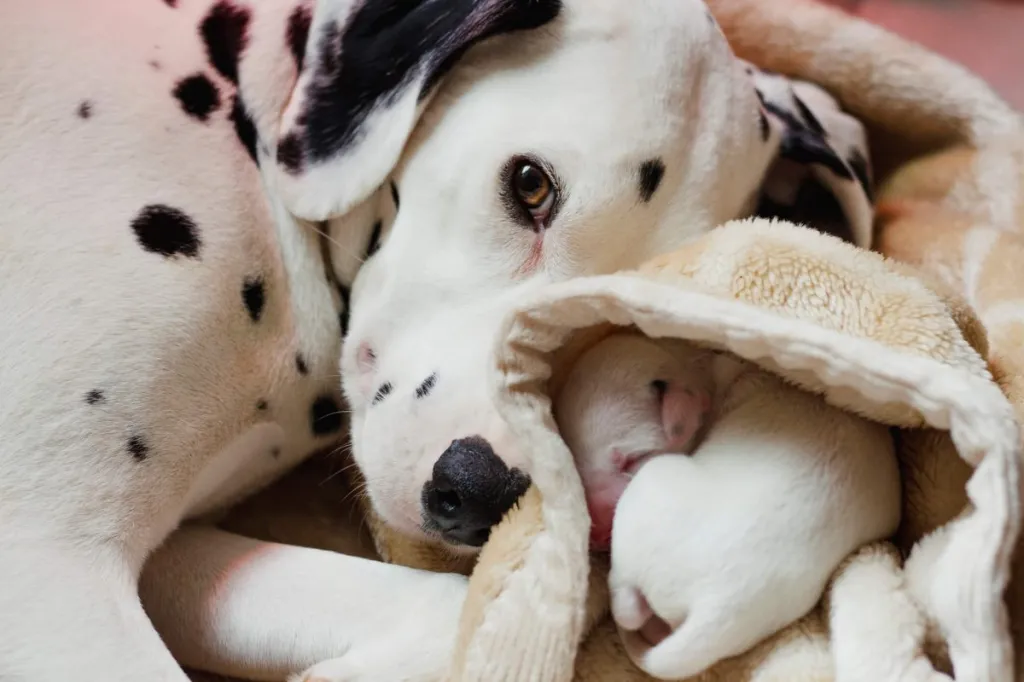
Dalmatian puppies are born completely white, without the iconic spots that the breed is known for. The spots begin to appear within the first few weeks of life, usually starting around 10 to 14 days after birth. If you look closely at a Dalmatian puppy’s skin, you can see where some of the spots will come in. The skin has darker pigment where spots pop up. In fact, some Dalmatians even have spots on the inside of their mouths!
These spots continue to form and evolve until the puppy is about a year old. Interestingly, each Dalmatian’s spot pattern is unique, much like human fingerprints. And while you might associate Dalmatians with the stereotypical white coat with black spots, not all Dalmatians are strictly black and white. Dalmatian spots can come in a variety of colors, including brown, lemon — a light, muted yellow — blue, or even orange. Sometimes, the spots can be a mix of these colors, depending on the puppy’s parents.
These dogs are prone to deafness

If you get a Dalmatian puppy and you think they’re ignoring you, they may not actually be able to hear you. Dalmatians are generally not prone to many genetic issues. However, the one condition they often suffer from is deafness. Approximately 30 percent of Dalmatian dogs have some sort of hearing impairment, whether they’re hard of hearing or completely deaf.
Why is it that this active, working breed has a genetic predisposition to deafness? The answer lies with their trademark spots. Spotted dogs, especially dogs with predominantly white coats, sometimes don’t have enough mature melanocytes — cells that produce melanin, or darker skin and spot tones — in their inner ears. Typically, Dalmatians who appear more “patchy” than “spotty” are less likely to have hearing impairments. However, breed standards dictate that the coat should be spotted, not patched.
There is a rare long-haired version of Dalmatian puppies
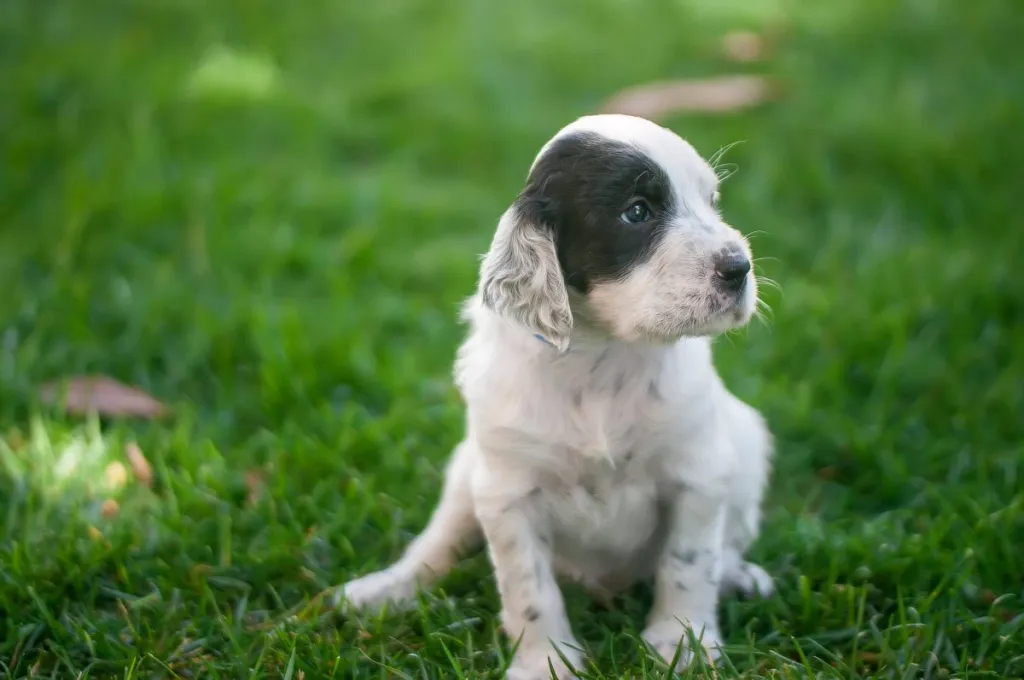
While most people are familiar with the short-haired Dalmatian, there is also a long-haired version of this breed. Long-haired Dalmatians — also known as long-coat Dalmatians — have a gene that gives them a soft, feathered coat. This feature is recessive, so it doesn’t appear as often. Nonetheless, these fluffy pups are just as energetic and spirited as their short-haired counterparts, though they may require a bit more grooming. Additionally, long-haired Dalmatians are not recognized by all breed registries, which means they are less common and often overlooked.
The breed skyrocketed to fame worldwide, thanks to Disney’s ‘101 Dalmatians’
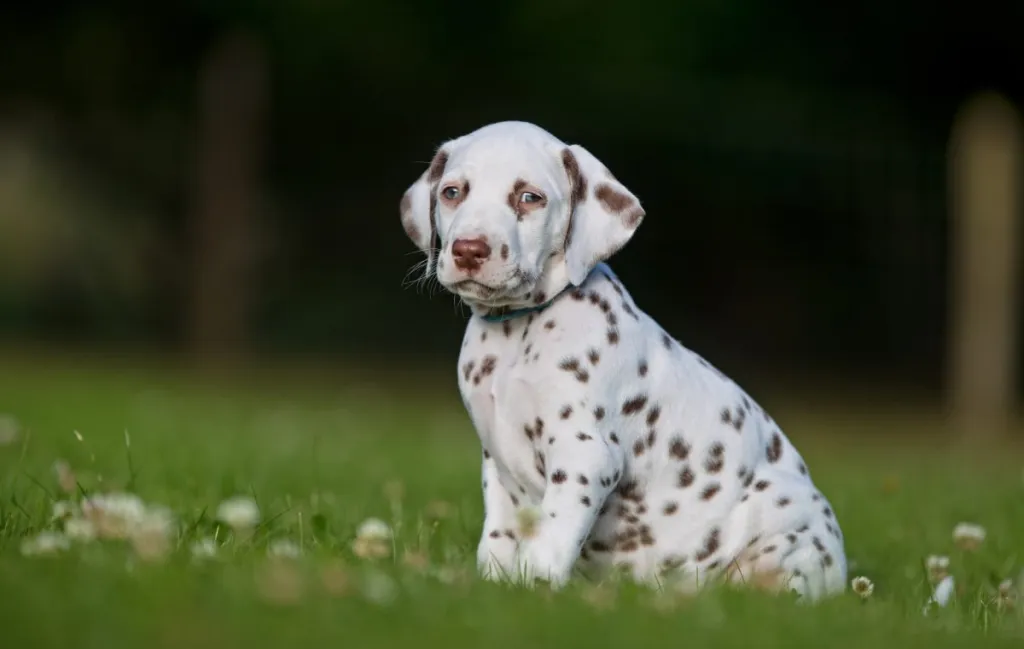
Dalmatians owe much of their popularity to Disney’s classic movie, “101 Dalmatians” and its sequels and adaptations. The original animated film — released in 1961 — and the live-action versions that followed have turned these dogs into beloved pop culture icons. The story revolves around a large litter of Dalmatian puppies who are kidnapped by the villainous Cruella de Vil, only to be heroically rescued by their parents, Pongo and Perdita. These films have forever cemented the Dalmatian’s image as brave, clever, and family-oriented dogs.
However, the movies also had a noticeable negative impact on the breed. After the release of the 1996 live-action film — as well as the book in 1956 and the original animated film — families became eager to add Dalmatian dogs to their homes. The increased demand created a market for unsafe breeding practices, which in turn led to unstable bloodlines caused by inbreeding. Additionally, this surge in popularity resulted in a heavier workload for Dalmatian rescues. They ended up with unwanted puppies after families realized they could not care for the active breed.
That’s not to say that all Dalmatians are doomed to suffer from severe genetic defects throughout their lives. However, it does mean that you should thoroughly research potential Dalmatian health issues and conditions. Consult with your veterinarian and be vigilant for any concerning symptoms. Identifying certain issues early on can be helpful.
Dalmatian puppies can be very expensive when you’re buying them for sale
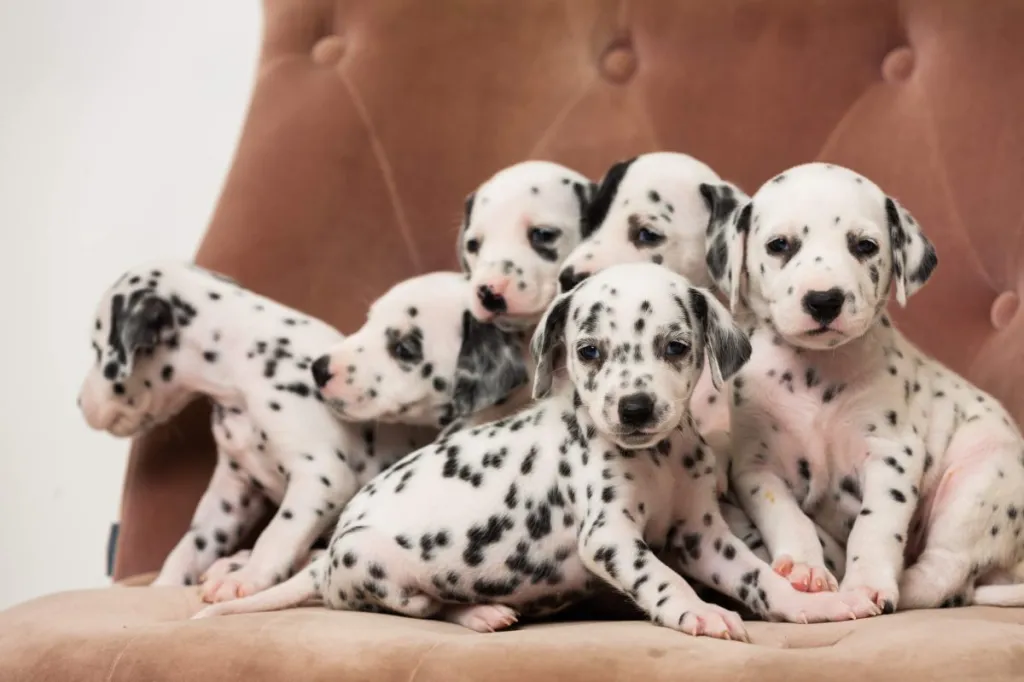
Dalmatian puppies often come with a hefty price tag due to several factors. Firstly, Dalmatians are a relatively rare breed, and reputable breeders invest significantly in ensuring the health and quality of their dogs. This includes genetic testing, vaccinations, and proper nutrition, all of which contribute to the overall cost. Furthermore, the Dalmatian’s distinct coat pattern requires careful breeding to maintain the breed standard, further driving up the price. Typically, you can expect to pay anywhere from $450 to $1,200 for a Dalmatian puppy, depending on the breeder’s reputation, the puppy’s lineage, and other factors.
While purchasing a Dalmatian puppy from a breeder can be appealing, it’s also worth considering adoption. As mentioned earlier, many Dalmatians end up in shelters or breed-specific rescue organizations, often due to owners underestimating their energy levels and need for exercise. Adopting a Dalmatian not only saves you money but also provides a loving home to a dog in need. Plus, adoption fees are generally much lower than purchasing from a breeder, usually ranging from $50 to $300.
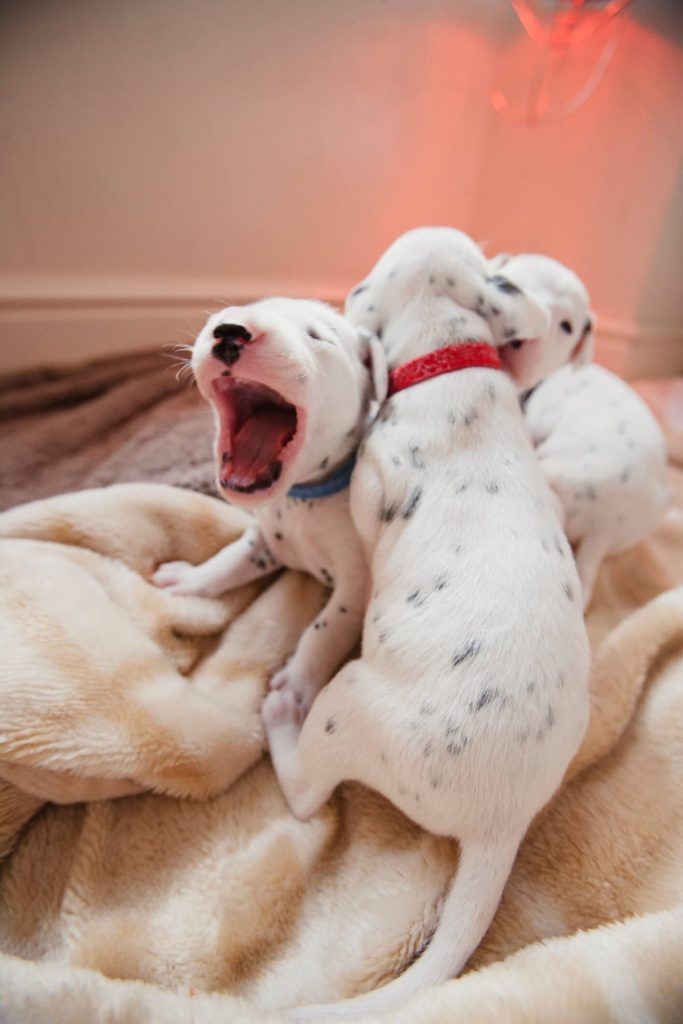
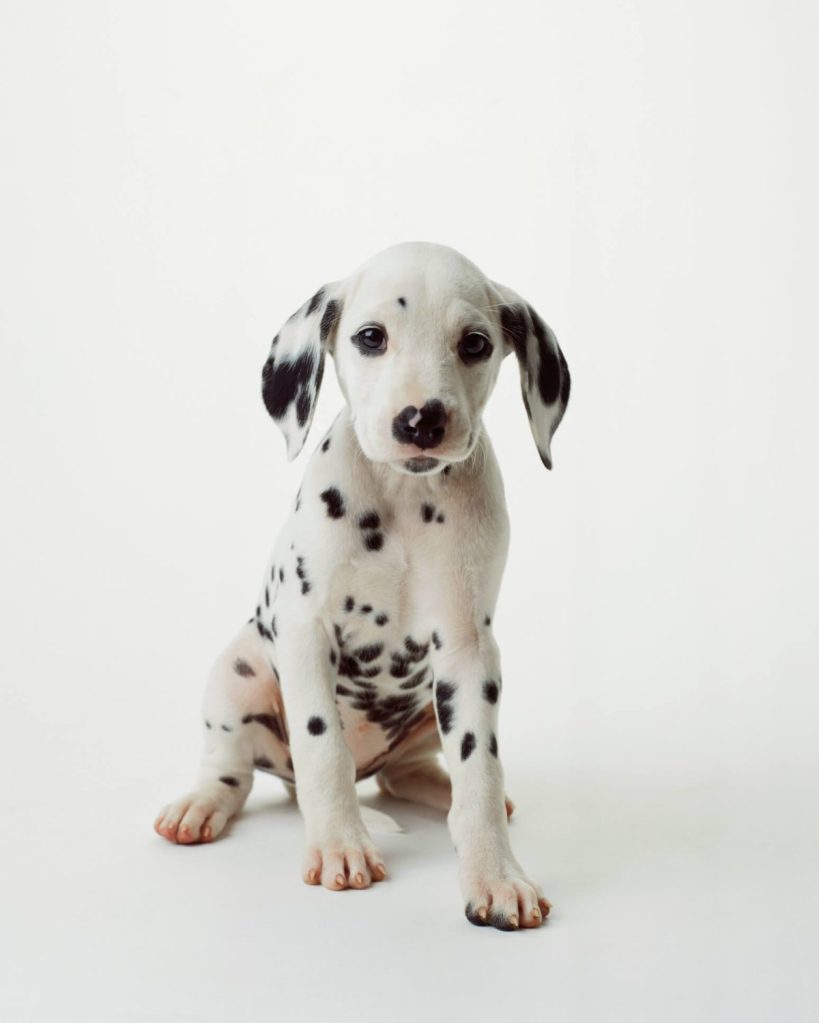
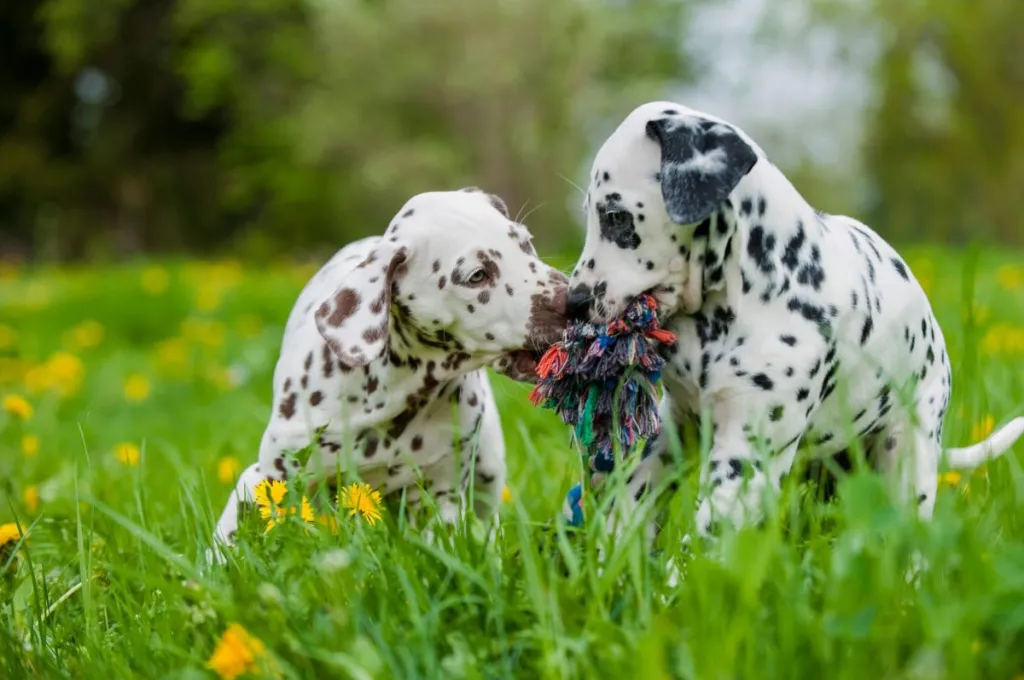
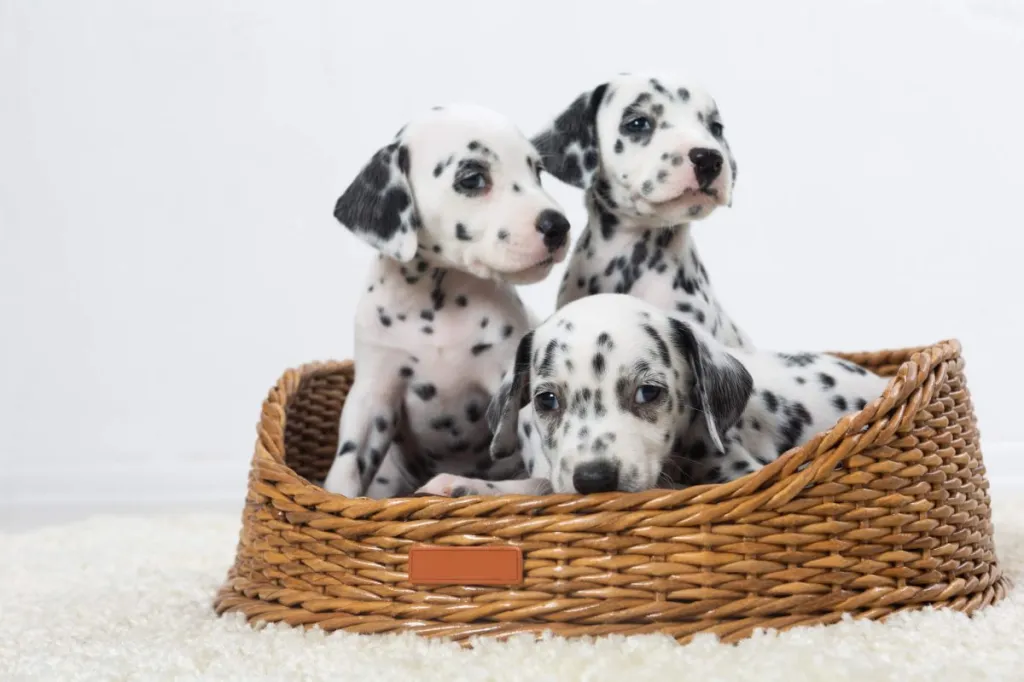
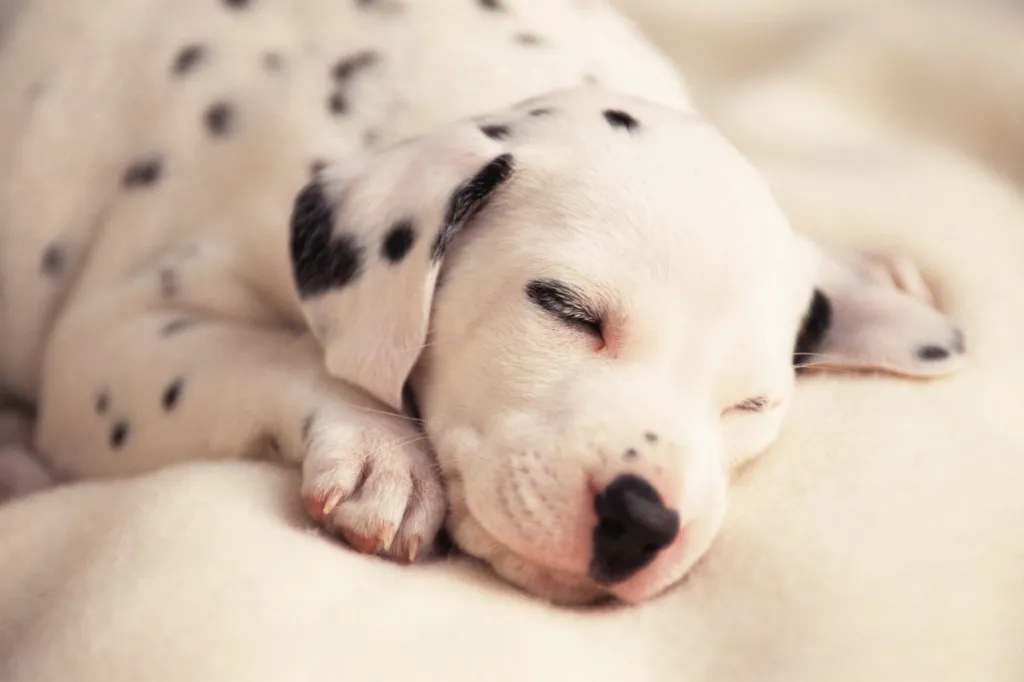
You’ll be pleased to know Dalmatian puppies are incredibly loyal and love bonding with their humans. However, the downside to this is that Dalmatians can quickly develop separation anxiety if left alone too soon or if they feel unsafe. Fortunately, there are solutions to separation anxiety in dogs. Dalmatians are far from the only breed to experience this, so don’t let potential crying when you leave the house deter you from adopting your very own Dalmatian puppy.
